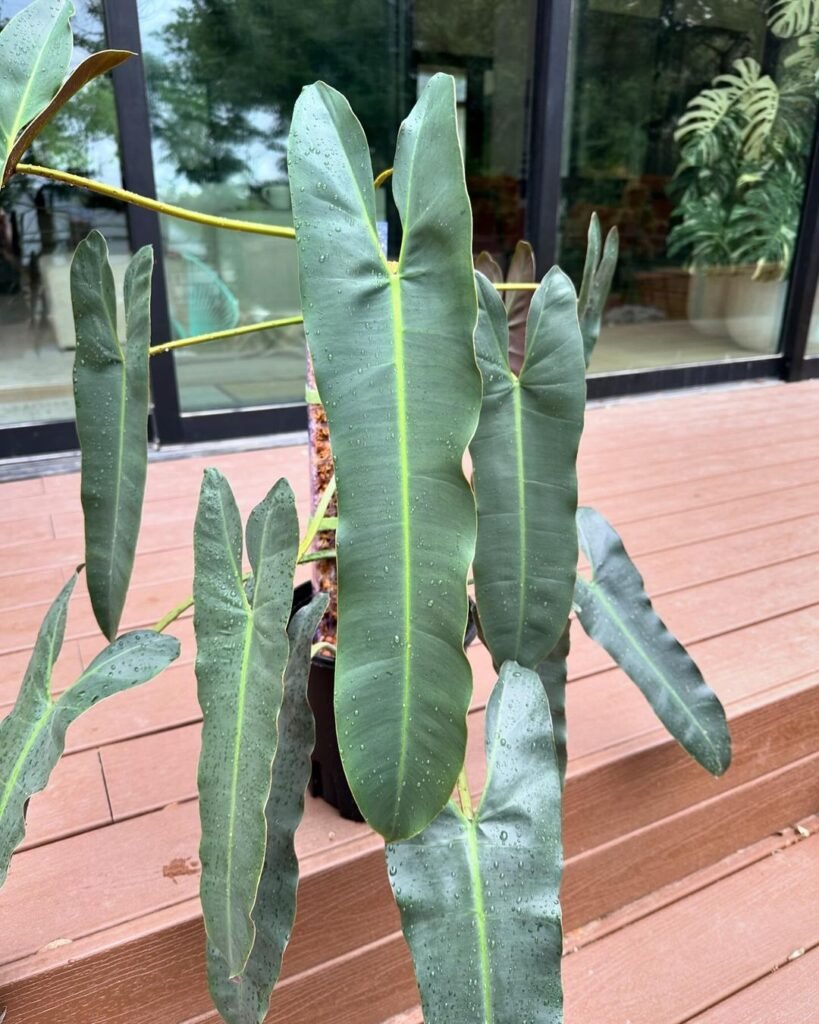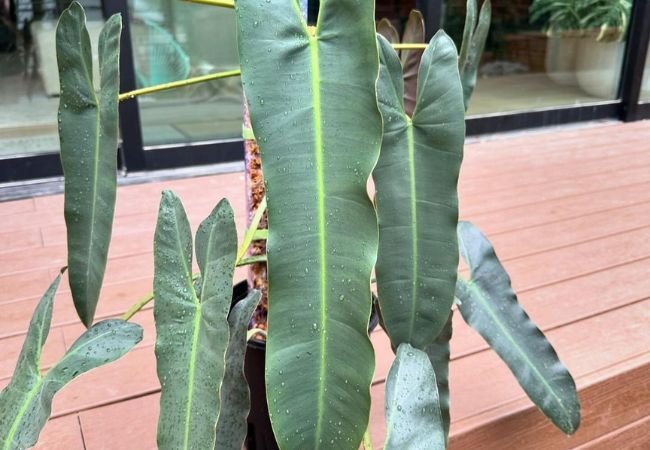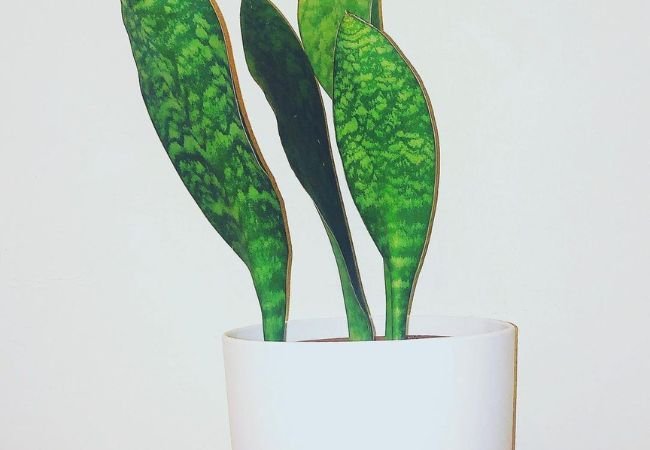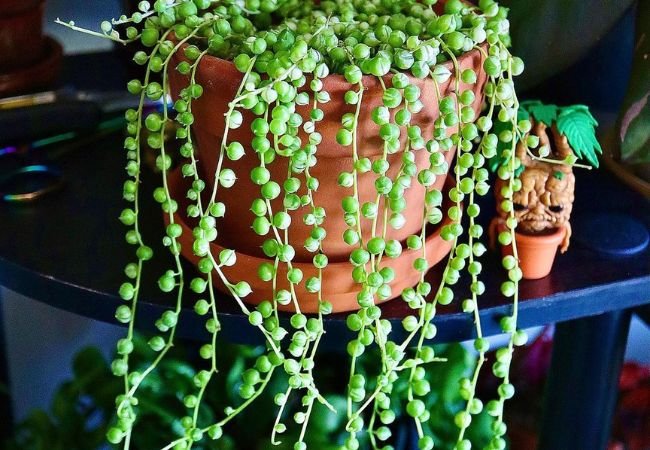Discover the unique Philodendron atabapoense. Learn about its care, propagation and why it’s a prized addition to any indoor plant collection.
Philodendron atabapoense is a rare and sought-after tropical plant that has gained popularity among houseplant enthusiasts. This article will explore the characteristics of this unique philodendron and provide guidance on how to care for it.
What is Philodendron Atabapoense?

Philodendron atabapoense is a climbing aroid native to the Amazon rainforest, specifically found in Venezuela and Colombia. It’s named after the Atabapo River in Venezuela.
Key features:
- Large, glossy leaves with distinctive lobes
- Reddish-purple undersides of leaves
- Climbing growth habit
Learn more about Philodendron species
Caring for Philodendron Atabapoense
Light Requirements
- Bright, indirect light
- Can tolerate lower light conditions, but growth may slow
Watering
- Allow top inch of soil to dry between waterings
- Increase humidity with misting or a pebble tray
Soil and Potting
- Well-draining, airy potting mix
- A mixture of peat, perlite, and orchid bark works well
Temperature and Humidity
- Prefers warm temperatures between 65-80°F (18-27°C)
- High humidity (60% or higher) is ideal
Fertilizing
- Feed monthly during growing season with balanced, liquid fertilizer
- Reduce fertilization in winter
Tips for general philodendron care
Propagation of Philodendron Atabapoense
Propagation can be done through:
- Stem cuttings
- Air layering
Steps for Stem Cutting Propagation:
- Take a cutting with at least one node
- Remove lower leaves
- Place in water or moist potting mix
- Maintain warm temperature and high humidity
- Roots should develop in 3-4 weeks
Detailed guide on philodendron propagation
Common Problems and Solutions
- Yellowing leaves
- Cause: Overwatering or poor drainage
- Solution: Adjust watering schedule and improve soil drainage
- Brown leaf tips
- Cause: Low humidity or mineral buildup from tap water
- Solution: Increase humidity and use filtered water
- Leggy growth
- Cause: Insufficient light
- Solution: Move to a brighter location
- Pests (spider mites, mealybugs)
- Solution: Treat with neem oil or insecticidal soap
Philodendron Atabapoense vs. Similar Species
This plant is often confused with other philodendrons. Here’s how to distinguish it:
- P. atabapoense vs. P. pedatum: Atabapoense has more pronounced lobes and reddish undersides
- P. atabapoense vs. P. florida: Atabapoense has larger leaves and different lobe patterns
Comparison of Philodendron species
Displaying Philodendron Atabapoense
As a climbing plant, P. atabapoense can be displayed:
- On a moss pole or trellis
- In a hanging basket
- Allowed to trail from a high shelf
Where to Find Philodendron Atabapoense
Due to its rarity, this plant can be challenging to find. Look for it:
- In specialty plant shops
- Through online rare plant sellers
- At plant swaps or from other collectors
Tips for buying rare plants online
Philodendron atabapoense is a stunning and unique addition to any indoor plant collection. While it requires specific care, the reward is a beautiful and rare tropical plant that can thrive in your home. With proper attention to its light, water, and humidity needs, you can enjoy the lush, glossy leaves and impressive growth of this Amazonian beauty.
Remember, as with any rare plant, it’s important to purchase from reputable sources and consider the environmental impact of collecting rare species. Happy growing!
Explore more about rare houseplants
For more gardening tips and plant care guides, visit usagardenhub.com.






